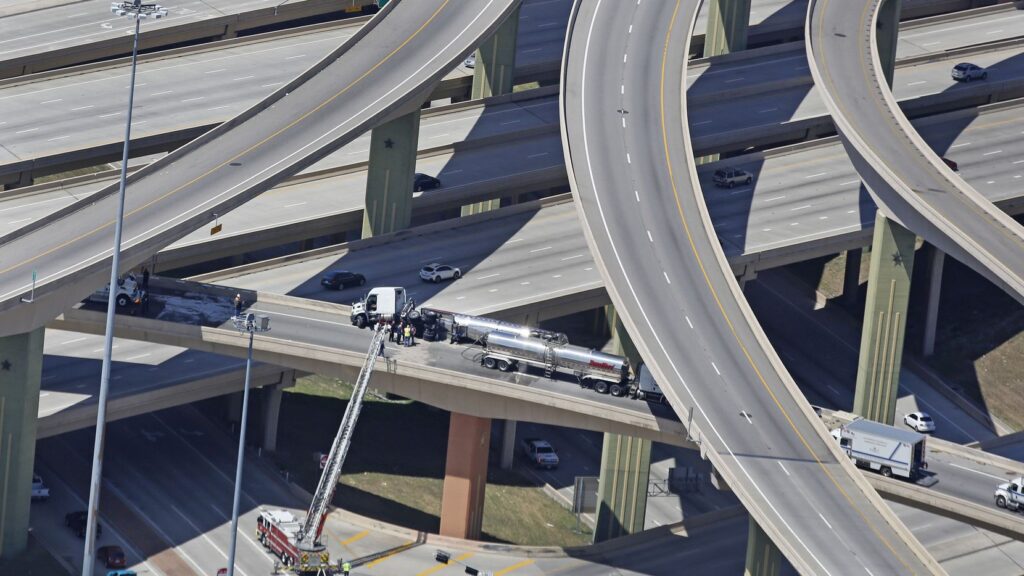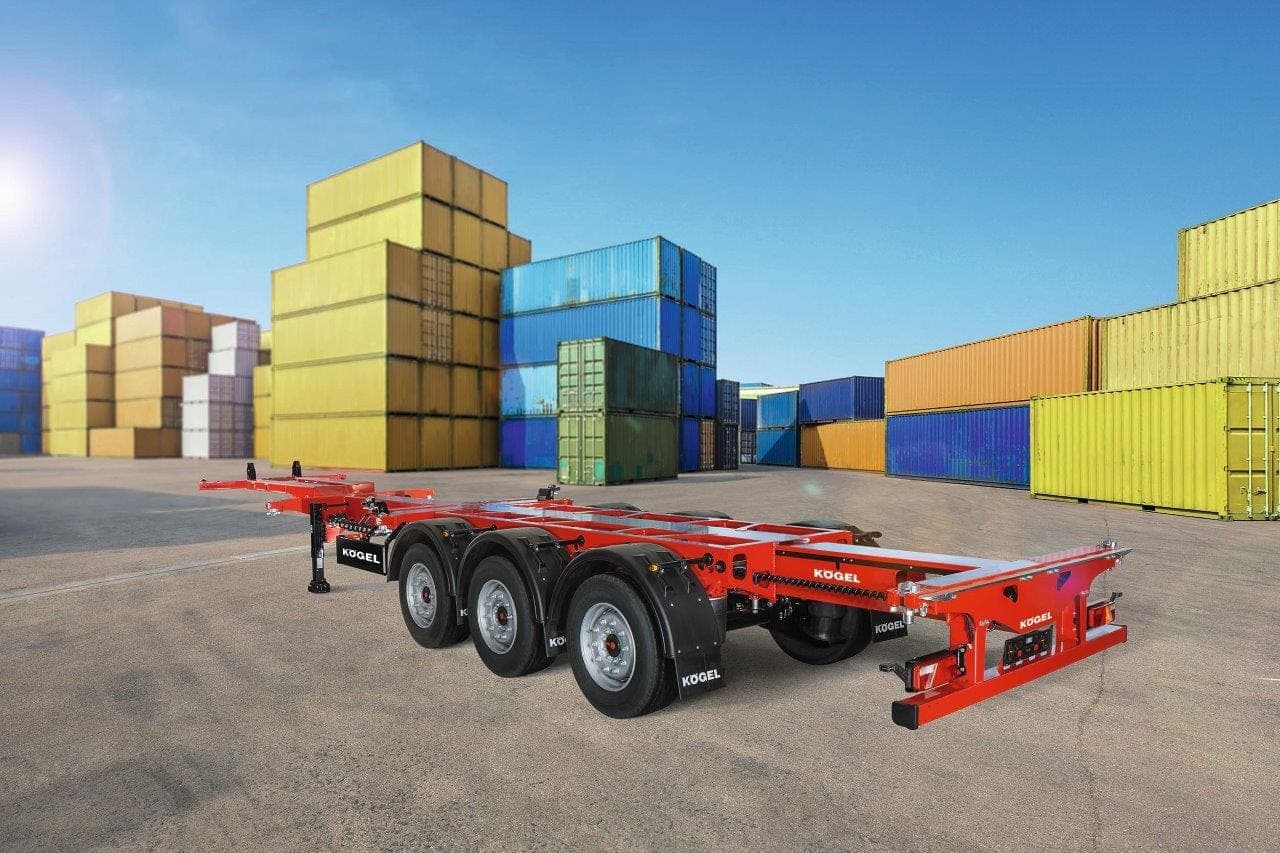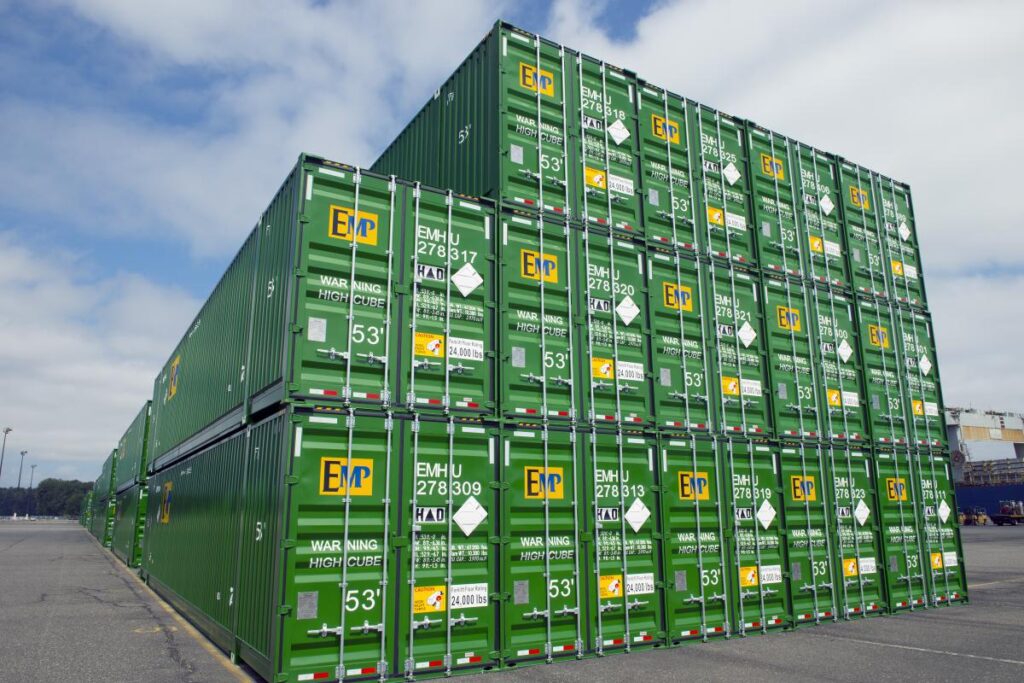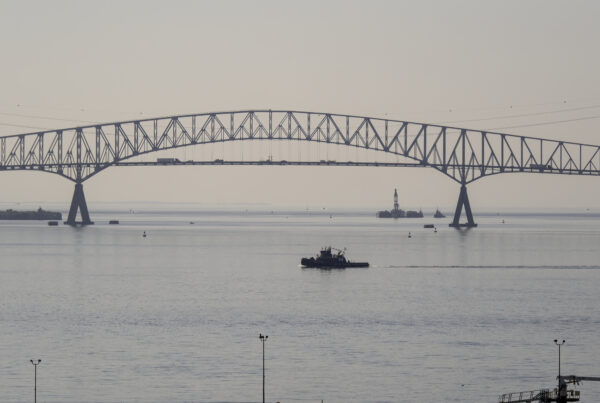Bottleneck got you down?
We are still in the throes of unending supply chain congestion. Does the passage of a $1.2 trillion infrastructure bill that was finally lifted off the broken chassis called US Congress mean that there is hope on the horizon? There is a lot of territory to cover. Before we even think of turning our attention to projects taking the US back to the future on inland commercial waterways (barges are the new plug-in hybrid), what actions can we take to better bring our containers in from overseas?
The ports of Los Angeles and Long Beach aren’t the only US ports with round the clock headaches with massive backlogs. There is no way around it, US ports are clogged from coast to coast, and US consumer demand seems insatiable despite inflation. At the Port of Savannah, GA, the biggest single-terminal port in the US (and growing), the runoff from the flood of imports on the West Coast has not let up. 80,000 shipping containers are stacked there, wherever they can fit. That’s 50% above normal max capacity. America is running out of space near ports to put containers.
Much of the logjam can be blamed on America’s trade imbalance. US exporters, particularly those in the agricultural sector, struggle to get the attention of ocean carriers to accept loaded containers for export when carriers can instead rush to return to China for a $20,000+ per container bumper crop of profits in lieu of losing time loading soybeans. This problem contributes to a growing trade deficit, and another example of how market distortions caused by the carriers’ outrageous profitability has left many out in the cold.
Still containers run deep
It is exceedingly difficult to recover full containers from congested ports not just because of the pileup of empties within the port terminals blocking access to the container that you are looking for, but also because it is currently a challenge to locate unoccupied chassis to use to pick up the containers. The chassis is the metal frame on wheels used to ferry containers in and out of the ports, irreplaceable links in the supply chain that are maintained with care to ensure safety and availability. Unloved empties stranded in the yards of warehouses, waiting at rail ramps and amandoned in the streets of residential neighborhoods are sitting on chassis that could be otherwise used to keep containers moving in and out of ports.
Follow the 40’ HCs!
Empty containers are the empty cartridges of a supply chain crime scene. In the absence of punitive action against carriers to protect shippers or a major letup in consumer demand, the empty containers will feed congestion and keep freight rates elevated. Proposed schemes to institute incentives to return empties to Asia appear to cause more harm than good for shippers if carriers can pass on costs caused by terminal inefficiencies and add further to the costs of end consumers.
Where do the empty containers keep coming from if they can’t find a way back? 3 Chinese companies have a near monopoly on production of the shipping containers now in circulation and stasis. Despite reports of China’s energy crisis slowing exports, it is still a struggle to source containers if you need to ship from Asia if your goods are not top priority or you are unable to pay high premiums to shipping lines.

Point of no return
Demurrage is the charge a shipper pays for the use of a container within the terminal, use that extends beyond the free time period allotted by the provider.
Detention is the charge for the use of a container outside of the terminal. Again, this is container use that extends beyond the free time period allotted by the provider.
Worthless layabouts?
In October 2021, the US Federal Maritime Commission (FMC) sent a stern letter to the world’s top 25 ocean carriers and the World Shipping Council. The letter urged the “rapid” adoption of a set of best practices regarding the handling of detention and demurrage fees and how charge disputes can be handled by both the consumer and the provider as follows:
- Display detention and demurrage charges clearly and prominently on their webpage or customer portal;
- Develop and document clear internal processes on all matters related to detention and demurrage where they have not already done so; and
- Clearly delineate dispute resolution procedures, contacts, and required documentation on their website and invoices.
Although the U.N. Conference on Trade and Development (UNCTAD) wants all players to know exact terms, the FMC cannot figure how to enforce them in a way that is not unfairly punitive to US shippers.
Without clear guidelines and enforcement practices, rules and regulations issued as a matter of urgency will not have much teeth if they do not clearly combat and document instances of abuse. Any new framework for action will take time, patience and unavoidable pain.
Don’t hate the game, suspend the rules.
The city of Long Beach has issued an emergency order to temporarily allow warehouses and container yards to place container stacks up to four containers high instead of only two – as previous restrictions allowed.
Call in the cavalry
State and federal government are not sitting this one out: in late October, California Governor Gavin Newsom signed an executive order to identify key challenges and solutions to expedite cargo distribution. The White House has brokered a game changing agreement for the Port of Los Angeles to become a 24/7 operation, but the real challenge is how to make any of those hours quality time. Authorities will have to get into the nitty gritty if they want to get a grip on problems that are compounding in the ports.
Parcel carriers predict that a sustained e-commerce boom this peak season parcel will place demands that exceed the capacity of the nation’s entire delivery network by about 4.7 million parcels a day. Even Amazon is up an unknown creek and the biggest retailers are not immune or exempt from puniahing conditions.
Nobody wants bare shelves in the lead up to the holidays, so playing chicken with lead times is a dangerous game.
Seppia Toned Success
If you’ve made it this far, give yourself a pat on the back. It is certain you’ve already dedicated more funds to transportation than you could have ever contemplated in 2020. Like the meditation app says, winning the logistics game is “about the journey”. Patience, preparation and close coordination with providers and partners will help you manage expectations going forward. Keeping this balance will make the difference between finishing the sprint toward 2022 in the black (not the abyss).
With so many tried and true tactics no longer valid for a winning supply chain strategy heading into 2022, CargoTrans is here for its clients to provide the tools and advice needed to stay on course. We have an expert team standing by – all you have to do is contact us.
— Shipping magnate
#shipsimple






